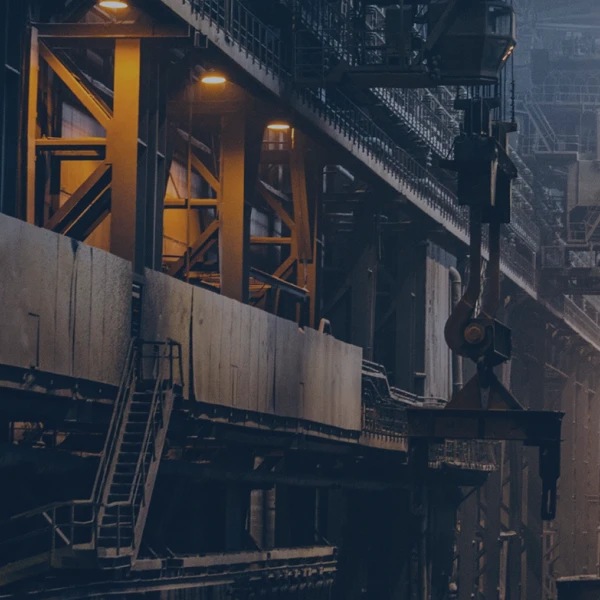
The industry sector can be broken down into two main categories: technical occupations and engineering occupations. Several sectors regulate the industryindustry: design and process engineering, production, maintenance, QHSE (quality, health, safety, environment) and logistics.
This service covers the verification of a company’s quality, health, safety and environmental standards! This department is often referred to as QHSE, sometimes HSE.
Quality Focus – There are three types of quality to be respected: supplier quality (the quality of the goods sold by suppliers), product quality (the quality of the products sold by the company) and customer quality (the quality of the service delivered to the customer and his post-purchase journey).
Quality technicians, quality engineers and quality managers are responsible for optimizing a company’s value chain.
Their main missions are to implement and ensure compliance with standards.
To achieve this, the members of a quality department carry out audits and implement procedures designed to ensure that the company’s products and services meet internal and external expectations.
Product testing laboratories and product composition analysis laboratories can also be involved in verifying the quality of different products. Their role is to ensure that products comply with current regulations before they are put on the market.